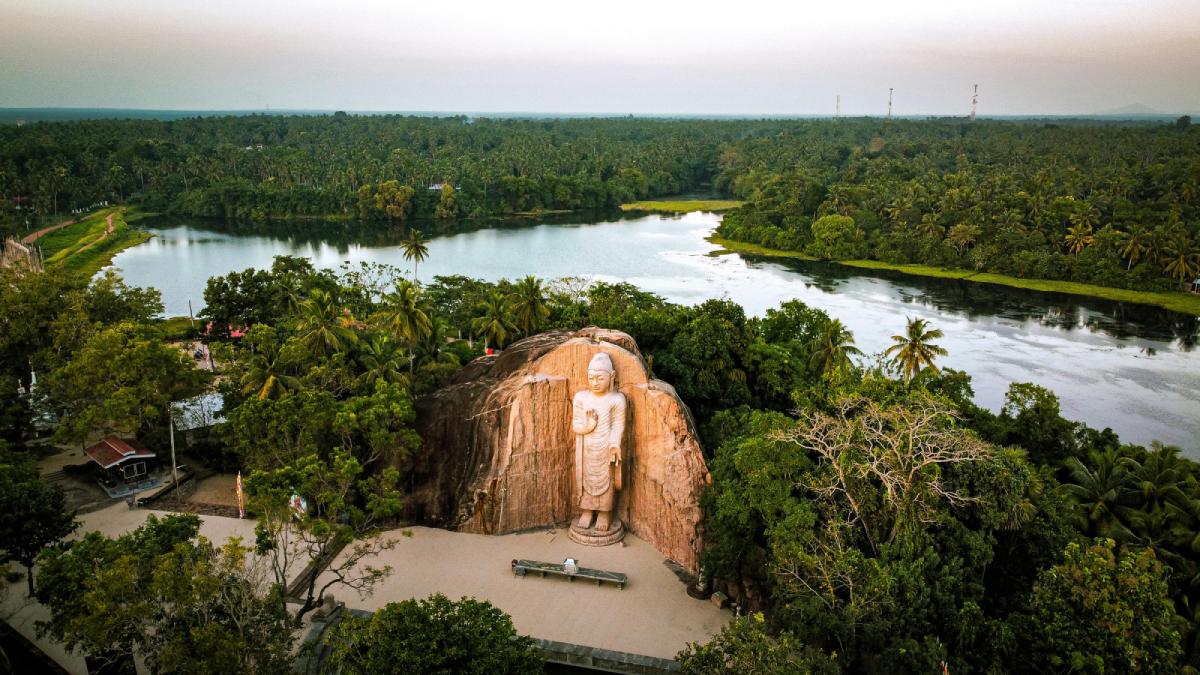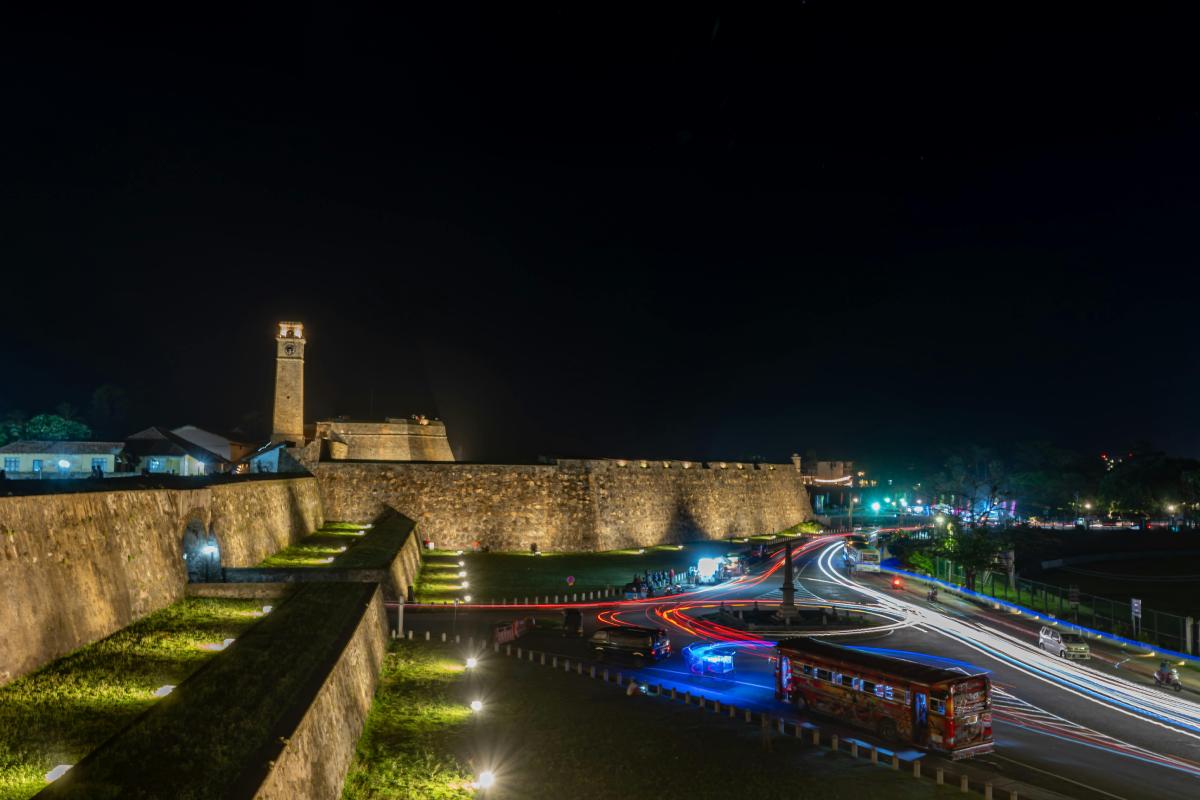Kumana National Park Wildlife Paradise
Kumana National Park is one of Sri Lanka’s most precious yet underappreciated natural treasures. Located on the southeastern coast of the island nation, this pristine wilderness offers a remarkable blend of diverse ecosystems, abundant wildlife, and rich cultural heritage. Unlike its more famous cousin Yala National Park, Kumana provides a more secluded and authentic safari experience, making it a perfect destination for nature enthusiasts and wildlife photographers seeking to escape the crowds.
History and Location
Formerly known as Yala East National Park, Kumana was established as a separate national park in 1970. Covering approximately 35,664 hectares (88,140 acres), it shares its western boundary with the larger and more frequented Yala National Park. Situated in Sri Lanka’s Eastern Province, about 391 kilometers from Colombo, Kumana is nestled between the Kumbukkan Oya River to the north and the Indian Ocean to the south.
The park’s history extends beyond its official designation as a protected area. Archaeological evidence suggests human activity in the region dating back thousands of years. Ancient rock inscriptions and ruins of Buddhist monasteries within and around the park bear testament to its historical significance. During the colonial era, the area was a popular hunting ground for British officers, before conservation efforts transformed it into the sanctuary it is today.
Unique Ecosystems
What makes Kumana truly special is its remarkable diversity of ecosystems within a relatively compact area. The park encompasses:
The Kumana Villu

The crown jewel of the park is undoubtedly the Kumana Villu, a 200-hectare mangrove swamp fed by the Kumbukkan Oya River. This wetland ecosystem is one of the most important bird habitats in Sri Lanka. During the northeast monsoon season (November to January), the villu fills with water, creating a perfect environment for numerous aquatic birds to nest and feed.
Coastal and Marine Habitats
The eastern boundary of Kumana extends to the Indian Ocean, featuring pristine beaches that serve as nesting grounds for endangered sea turtles. Five of the world’s seven sea turtle species visit these shores to lay their eggs, including the leatherback, green, olive ridley, hawksbill, and loggerhead turtles.
Dry Zone Forests
The majority of the park consists of dry zone tropical forests characterized by thorny shrubs and deciduous trees that have adapted to the region’s seasonal rainfall patterns. These forests provide habitat for many of Sri Lanka’s iconic mammals, including elephants and leopards.
Riverine Forests
Along the Kumbukkan Oya River, lush riverine forests create a green corridor supporting a different set of plant and animal species adapted to these wetter conditions.
Remarkable Biodiversity
Birdwatcher’s Paradise
Kumana National Park is renowned as one of Sri Lanka’s premier bird-watching destinations, with over 255 species recorded within its boundaries. The Kumana Villu wetland attracts massive flocks of migratory water birds, creating spectacular natural displays during the nesting season.
Some of the notable bird species found in Kumana include:
- Painted storks
- Black-headed ibis
- Eurasian spoonbills
- Great white pelicans
- Lesser adjutant storks
- Asian openbills
- Black-necked storks (rare)
- The endangered white-bellied sea eagle
- Several species of herons, egrets, and kingfishers
For serious birdwatchers, the months of May to July offer the best opportunity to witness large colonies of aquatic birds nesting in the mangroves surrounding the villu.
Mammals
While birds may be Kumana’s primary attraction, the park hosts an impressive variety of mammals:
- Sri Lankan elephant (Elephas maximus maximus) – a subspecies endemic to Sri Lanka
- Sri Lankan leopard (Panthera pardus kotiya) – another endemic subspecies and apex predator
- Sloth bear (Melursus ursinus)
- Golden jackal (Canis aureus)
- Fishing cat (Prionailurus viverrinus)
- Rusty-spotted cat (Prionailurus rubiginosus) – the world’s smallest wild cat
- Water buffalo (Bubalus bubalis)
- Wild boar (Sus scrofa)
- Spotted deer (Axis axis)
- Sambar deer (Rusa unicolor)
- Several species of mongoose, civets, and monkeys
The elusive Sri Lankan leopard deserves special mention as one of the park’s most sought-after sightings. While leopard density in Kumana is not as high as in neighboring Yala Block I, the reduced tourist traffic means that leopard encounters here often feel more authentic and special.
Reptiles and Amphibians
The park’s diverse habitats support a wide range of reptiles and amphibians:
- Mugger crocodile (Crocodylus palustris)
- Saltwater crocodile (Crocodylus porosus)
- Monitor lizards
- Several species of snakes, including the Indian python (Python molurus) and the highly venomous Russell’s viper (Daboia russelii)
- Various endemic frog and toad species
Best Time to Visit
Kumana National Park experiences two monsoon seasons, influencing the best times to visit:
- December to March: The dry season following the northeast monsoon, offering ideal wildlife viewing conditions as animals gather around remaining water sources. The park’s tracks are more easily navigable during this period.
- May to July: The best time for bird watching, when thousands of migratory birds nest in the Kumana Villu. Though there might be occasional showers, the incredible avian displays make this slight inconvenience worthwhile.
- September to November: The northeast monsoon season makes parts of the park difficult to access due to flooding, and some areas may be temporarily closed. However, the landscape transforms into a lush green paradise, offering unique photographic opportunities for determined visitors.
Visiting Kumana National Park
Getting There
The most common approach to Kumana is from Arugam Bay, a popular surf destination on Sri Lanka’s east coast. From here, it’s approximately a 35-kilometer drive to the park entrance at Panama. Alternatively, visitors coming from Yala National Park can enter Kumana through the Okanda entrance.
Transportation options include:
- Hiring a jeep with a driver/guide from Arugam Bay
- Private tour arrangements from major tourist hubs like Colombo or Kandy
- Public buses to Panama, then hiring local transport to the park entrance
Safari Experience
Unlike some of Sri Lanka’s more commercialized national parks, Kumana offers a more authentic wildlife experience:
- Safari Jeeps: All-terrain vehicles with experienced drivers/guides are essential for navigating the park’s rugged terrain. These can be arranged through hotels, tour operators, or directly at the park entrance.
- Guided Tours: Local guides possess invaluable knowledge about wildlife behavior and habitats, significantly enhancing the safari experience. They can identify bird species by sight or sound and know the best locations for specific animal sightings.
- Safari Timing: Early morning (6:00 AM to 10:00 AM) and late afternoon (3:00 PM to 6:00 PM) safaris offer the best wildlife viewing opportunities, as animals are most active during these cooler hours.
- Duration: A typical safari lasts 3-4 hours, though full-day excursions can be arranged for serious wildlife enthusiasts.
Accommodation Options
While there are no accommodations within the park itself, several options exist in the vicinity:
- Eco Lodges: Several eco-friendly lodges have been established near the park boundaries, offering comfortable stays with minimal environmental impact.
- Arugam Bay: This coastal town, about an hour’s drive from the park, offers a range of accommodations from budget guesthouses to luxury hotels.
- Camping: With proper permits, camping near designated areas around the park is possible for those seeking a more immersive experience.
- Panama Village: This small settlement near the park entrance has basic guesthouses catering to wildlife enthusiasts.
Conservation Challenges and Efforts
Like many natural areas worldwide, Kumana faces several conservation challenges:
Human-Wildlife Conflict
As human settlements expand around the park’s boundaries, conflicts with wildlife, particularly elephants, have increased. Elephants frequently raid nearby farms, leading to economic losses for farmers and sometimes retaliatory killings of these magnificent animals.
Conservation organizations work with local communities to implement various mitigation measures, including electric fencing, early warning systems, and alternative livelihood programs to reduce dependency on agriculture adjacent to wildlife corridors.
Habitat Degradation
Despite its protected status, Kumana faces threats from illegal timber harvesting, poaching, and encroachment. The park’s relatively remote location makes effective enforcement challenging.
Climate Change
Shifting weather patterns affect the park’s delicate wetland ecosystems, particularly the Kumana Villu. Changes in rainfall timing and intensity can disrupt bird breeding cycles and impact overall biodiversity.
Conservation Initiatives
Several positive developments in conservation deserve mention:
- The Department of Wildlife Conservation of Sri Lanka has strengthened its ranger presence in the park.
- Community-based conservation programs engage local residents as stakeholders in protection efforts.
- Research initiatives monitor key species populations, particularly leopards and elephants.
- Sustainable tourism practices are being developed to ensure tourism benefits rather than harms the ecosystem.
Cultural Significance
Beyond its ecological importance, Kumana holds cultural significance for Sri Lankans:
Ancient Buddhist Sites
Several archaeological sites within and around the park include ancient rock inscriptions, ruins of monasteries, and meditation caves used by Buddhist monks for centuries. The famous Okanda Devalaya, a temple dedicated to the deity Skanda, lies near the park’s southern entrance and attracts numerous pilgrims.
Indigenous Knowledge
Local communities, particularly those with multigenerational ties to the region, possess valuable traditional knowledge about sustainable resource use, medicinal plants, and wildlife behavior. Conservation efforts increasingly recognize the importance of incorporating this indigenous wisdom.
Responsible Tourism
Visitors to Kumana can contribute to conservation efforts by practicing responsible tourism:
- Respect Wildlife: Maintain appropriate distances from animals, avoid loud noises, and never feed wildlife.
- Minimize Waste: Carry out all trash and consider bringing reusable water bottles to reduce plastic waste.
- Support Local Communities: Use local guides, stay in community-owned accommodations when possible, and purchase handicrafts from local artisans.
- Follow Park Rules: Adhere to designated trails and regulations established to protect the ecosystem.
- Report Violations: Alert park authorities to any illegal activities witnessed during your visit.
Conclusion
Kumana National Park represents Sri Lanka’s natural heritage at its finest—a place where ancient forests meet vibrant wetlands, where leopards still roam free, and where the air fills with the calls of countless birds. Its relative obscurity compared to other Sri Lankan national parks is perhaps its greatest asset, preserving an authentic wilderness experience increasingly rare in our crowded world.
For travelers seeking to connect with nature away from the tourist crowds, Kumana offers an unmatched opportunity to witness biodiversity in its purest form. As climate change and development pressures mount globally, protected areas like Kumana become ever more precious—not just as wildlife havens, but as living laboratories where we can study ecological resilience and adaptation.
Whether you’re a dedicated birdwatcher, a wildlife photographer, or simply someone who appreciates natural beauty, Kumana National Park deserves a place on your travel itinerary—a hidden gem waiting to be discovered, respected, and protected for generations to come.

